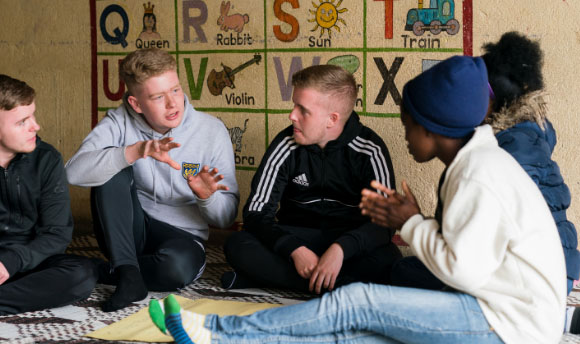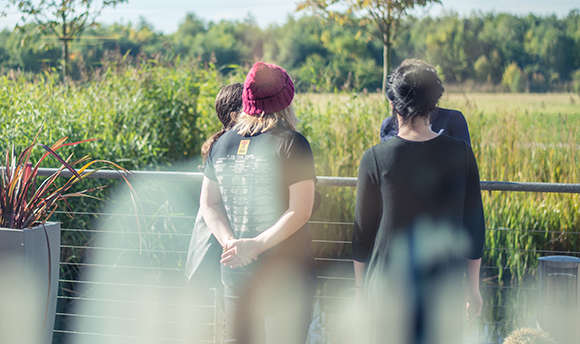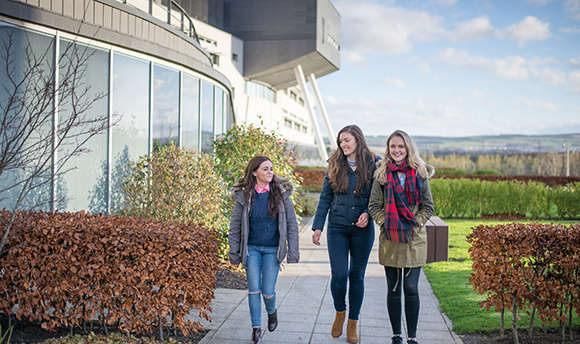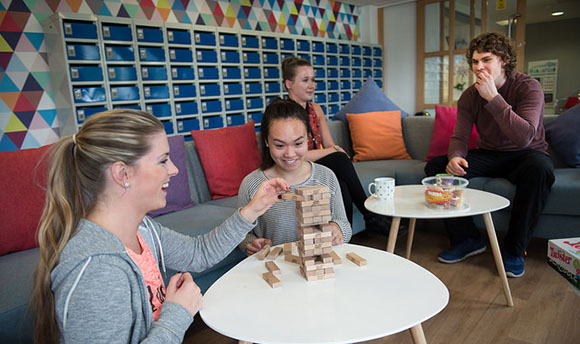Family owned firms are the most common form of business in existence. Definitions vary (and are indeed the subject of considerable academic debate) but research regularly estimates that 65-80% of businesses are owned and/or run by families. Family businesses exist across economies, communities and geo-political divides.
They exist across all business sectors, most legal forms of business and indeed across the spectrum of small, medium and large businesses, yet family businesses struggle to achieve the recognition they deserve and anecdotally many see benefits in presenting themselves as ‘corporate businesses’ to preserve the ‘professionalism’ with which they run those businesses. Part of this may be down to image and the media portrayal of family business in television shows – be they fictional or ‘reality’, ‘business expert’ shows – probably doesn’t help. However, building stronger links between research & the reality of the local business world is vital to develop real impact. With that in mind, we set out to work not only on academic research but to work with Family Business Associations to try to link research, policy and practice in a very real way. Our work with Family Business United Scotland has produced a number of successes, synergizing with the development of Family Business United Scotland as a distinct entity.
The foundation of an annual celebratory week for family businesses In Scotland, successful attempts to highlight family business within the media and indeed the development of the Scottish Family Business Top 100 report are all projects we have under-taken to build profile and begin to effect change.Academic study falls within this remit and the integration of family business study within our undergraduate and masters programmes, along with the developing PhD and DBA cohort, help to develop the landscape for business education in Scotland. Recent figures from Scotland indicate, for example, that the Top 100 family owned firms contribute 11% of onshore GDP and employ 100,000 people.
The Scottish Family Business Top 100 is not a piece of academic research, but then that is neither its purpose nor its value. Academic research offers considerable insight into the manner in which family firms differ from firms without a family element, their benefits, disadvantages and nuances. What is much harder to glean from academic research is the detail of exactly what family firms mean for local economies or specific sectors of business, yet this is information that policy makers find useful.
By developing the Scottish Family Business Top 100, we contribute numbers to the policy debate to influence thinking and thus to increase our impact.
A good example is the food and drink sector, which represents one of the priority areas for the Scottish Government, where there are 17 family firms in the Top 100. Those 17 firms generate £266 million in profits before tax, employ 16, 156 staff and contribute £3.6 billion in turnover annually. When it comes to convincing policy makers to take family firms seriously and hence of the value of engagement with the wider research agenda around family businesses in Scotland, such figures are a vital piece of the jigsaw.







